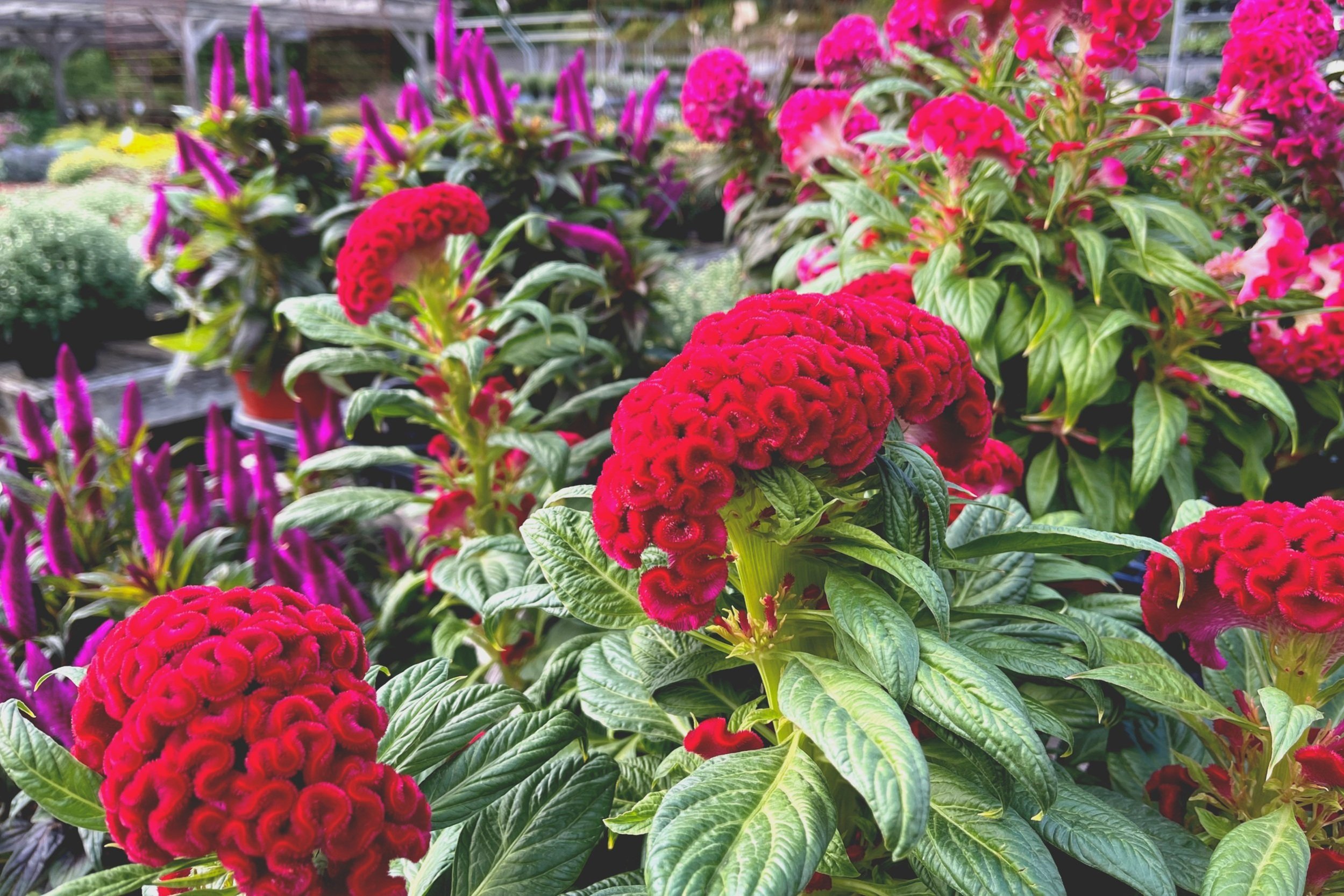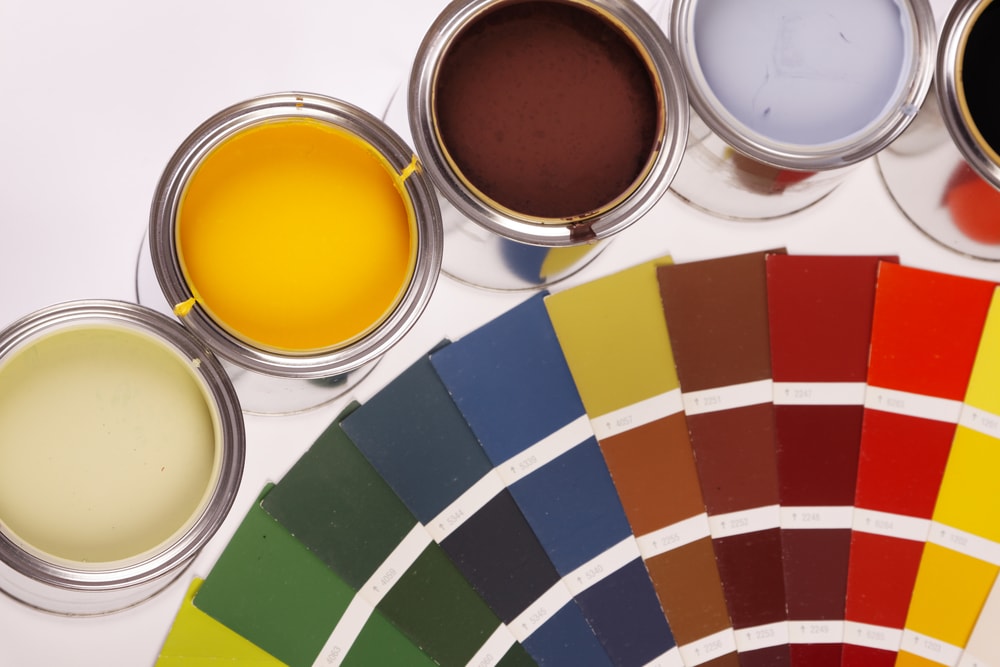Creating a stunning, healthy garden doesn’t always require exotic or hard-to-find plants. Sometimes, the most impressive—and resilient—gardens are built on the foundation of native plants. Not only do native plants thrive with less maintenance, but they also enrich the ecosystem and create unique spaces that truly belong to your home region.
In this article, you’ll find expert insights into why native plants are the best choice for any garden in a Tier-1 country, how to select them for your specific area, and a list of top recommendations that will make your landscape beautiful, sustainable, and bursting with local character.
Why Native Plants? The Natural Advantage
Native plants are species that have evolved over thousands of years within a particular region. Their deep roots—both literal and metaphorical—make them perfect partners for your garden:
- Low maintenance: Once established, native plants usually need little watering, fertilizer, or intervention, since they’re adapted to your local climate and soil.
- Support wildlife: These plants provide nectar, pollen, and shelter for native birds, pollinators, and beneficial insects, encouraging a balanced garden ecosystem.
- Save resources: By requiring less water and fewer chemicals, native plants are a sustainable choice that can help save money and reduce your garden’s environmental impact.
- Cultural and aesthetic value: Native gardens reflect your local landscape, creating an authentic sense of place and often celebrating the cultural heritage of your community.
How to Choose Native Plants for Your Region
Finding the right native plants for your specific location is easier than you think. Here are a few simple steps to guide your selection:
1. Get to Know Your Local Area
Start by identifying your region’s climate, soil type, sunlight patterns, and average rainfall. Native plants thrive best in the conditions they’ve evolved with. For instance, a plant suited for a hot, dry region may not flourish in an area with cool, wet summers.
2. Visit Local Nurseries and Conservation Centers
Staff at your local nursery or botanical garden can offer personalized advice on which plants are native to your area and are likely to succeed in your yard. Many nurseries even carry species that have been locally propagated, which helps maintain the unique genetic adaptations of regional plants.
3. Assess Your Garden’s Microclimates
Check for areas in your yard with varying degrees of sunlight, drainage, or exposure. For example, you might plant shade-tolerant natives beneath trees, moisture-lovers near a pond, and sun-worshippers in the open. Selecting a diversity of species creates habitat variety and seasonal interest.
4. Mix It Up for Biodiversity
Include a blend of trees, shrubs, perennials, and groundcovers for a rich tapestry of color, form, and texture throughout the growing season. The greater the diversity, the more resilient and attractive your garden will be.
The Best Native Plants for Your Region
No matter where you live, the following categories and examples will help you choose the best plants to showcase the natural beauty of your area. For readers in Tier-1 countries such as the United States, Canada, the UK, Australia, and New Zealand, check with local resources for exact species recommendations.
1. Native Trees
- Oak Trees (Quercus spp.): Oaks are classic natives in many regions, supporting hundreds of wildlife species and providing long-lasting beauty.
- Maple (Acer spp.): Famous for their autumn foliage, maples often suit both urban and rural settings.
- Birch (Betula spp.): With their white bark and delicate leaves, birch trees brighten up native plantings and support native insects.
For Subtropical/Indian Regions (such as Bihar, India)
- Mango (Mangifera indica): Multipurpose shade tree bearing delicious fruit.
- Neem (Azadirachta indica): Valued for air-purifying and medicinal qualities.
- Peepal (Ficus religiosa): Sacred tree celebrated for its ecological and cultural importance.
- Banyan (Ficus benghalensis): Large canopy and vital for wildlife.
2. Native Shrubs
- Serviceberry (Amelanchier spp.): Early-spring flowers and edible berries.
- Sumac (Rhus spp.): Vibrant red fall color.
- Dogwood (Cornus spp.): Beautiful in all seasons, with flowers, berries, and fall color.
For South Asian Gardens
- Amla (Phyllanthus emblica): Indian gooseberry, packed with vitamin C.
- Guava (Psidium guajava): Easy to grow, provides sweet fruit.
- Mahua (Madhuca longifolia): Fragrant flowers, traditional uses.
3. Perennials and Flowering Plants
- Coneflower (Echinacea spp.): Attracts pollinators and blooms prolifically.
- Bee Balm (Monarda spp.): Great for hummingbirds and butterflies.
- Black-eyed Susan (Rudbeckia hirta): Cheerful, drought-tolerant bloomer.
Indian and Southeast Asian Favorites
- Palash (Butea monosperma): Called “Flame of the Forest” for its vivid orange blooms.
- Bael (Aegle marmelos): Hardy, fruit-bearing, and medicinal.
- Amaltas (Cassia fistula): Showstopping yellow flowers.
4. Grasses and Groundcovers
- Little Bluestem (Schizachyrium scoparium): Blue-green foliage, fall color.
- Purple Lovegrass (Eragrostis spectabilis): Adds softness and texture.
- Wild Strawberry (Fragaria spp.): Attractive groundcover with edible fruit.
The Practical Benefits of Planting Native Plants
Making the switch to native plants offers both you and your environment meaningful rewards:
- Save time and money: Less need for watering, fertilizing, or pest control.
- Support local wildlife: Birds, pollinators, and beneficial insects are drawn to gardens planted with natives.
- Control erosion: Deep root systems help hold soil in place and improve drainage.
- Enhance local resilience: Native plantings often recover faster from extreme weather and adapt better to local challenges.
Frequently Asked Questions
Do native plants look as attractive as exotic plants?
Absolutely! Native species come in a wide variety of colors, sizes, and seasonal changes. Their beauty is matched by their ability to support local ecosystems, so your garden truly blooms with life.
Where can I find native plants for my area?
Check with local nurseries, botanical gardens, native plant societies, and online guides specific to your country or state. Many offer plant lists and starter packs tailored to your region.
Will native plants attract pests?
Native plants usually attract beneficial wildlife and tend to be more resistant to local pests, reducing the need for chemical intervention.
Conclusion: Create Your Native Sanctuary
Adopting native plants is one of the greatest gifts you can give to your garden, your community, and the Earth. Their rich colors, resilience, and ecological benefits will reward you season after season, while your landscape flourishes naturally with less effort and more abundance.
Ready to transform your garden? Choose native plants for your region and watch your outdoor space come alive with beauty and biodiversity. Visit your nearest nursery today and start your journey toward an eco-friendly, low-maintenance paradise.
Call to Action:
Elevate your landscape with the power of native plants! Share your gardening success stories or questions in the comments—and don’t forget to subscribe for more expert tips on making your garden thrive naturally!






